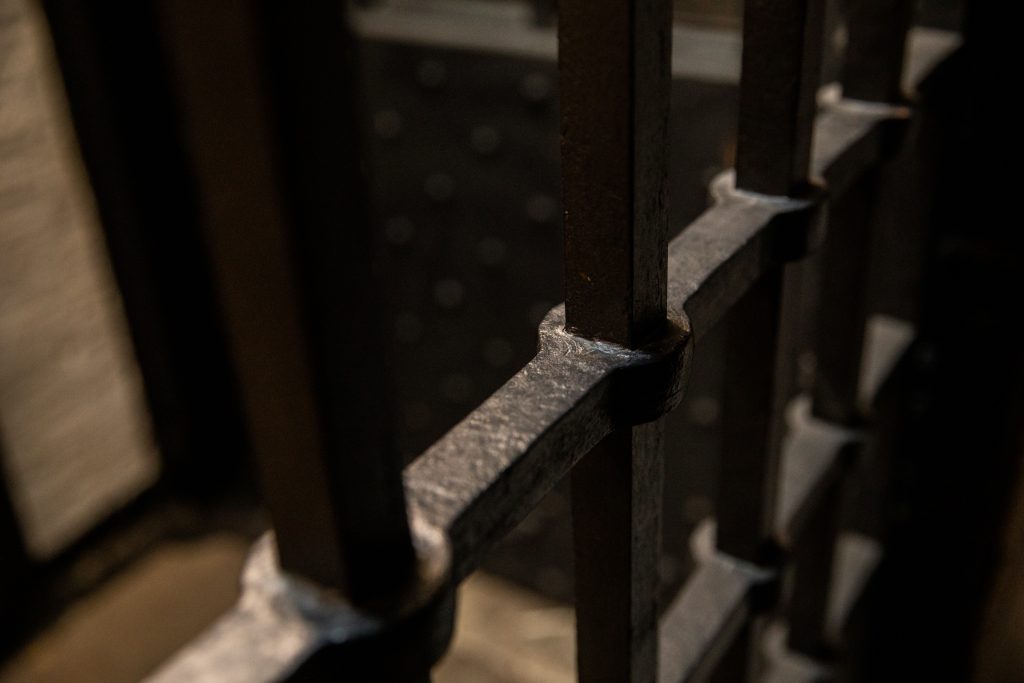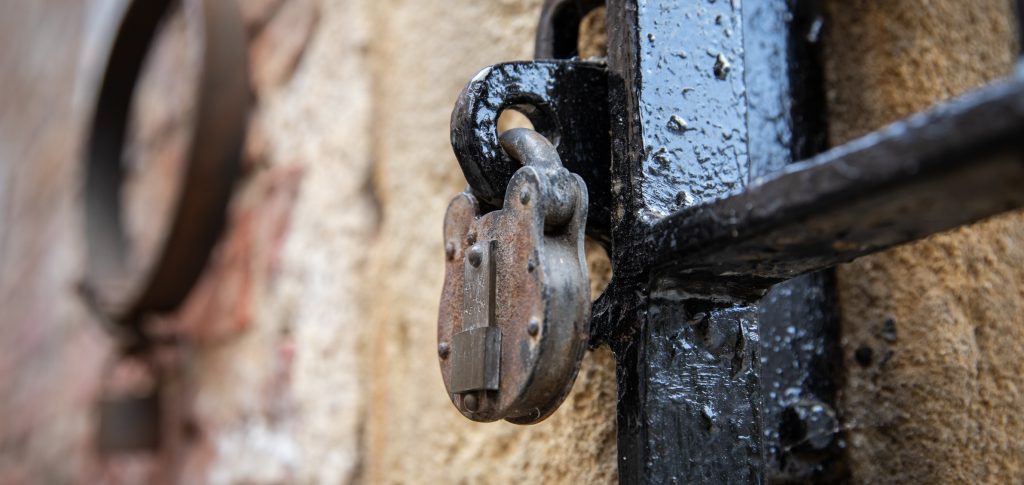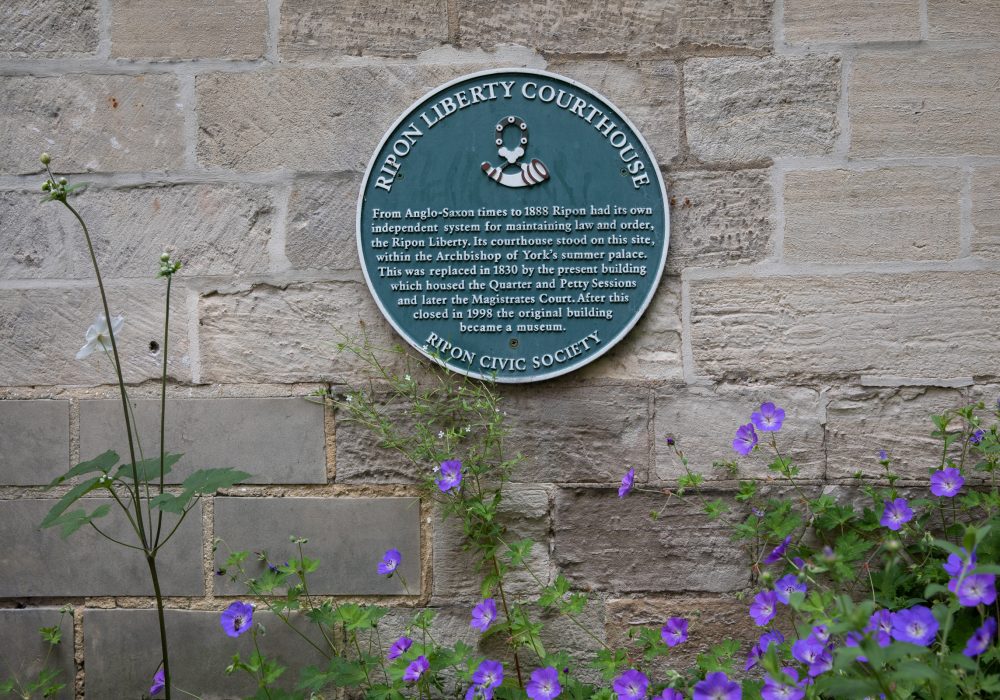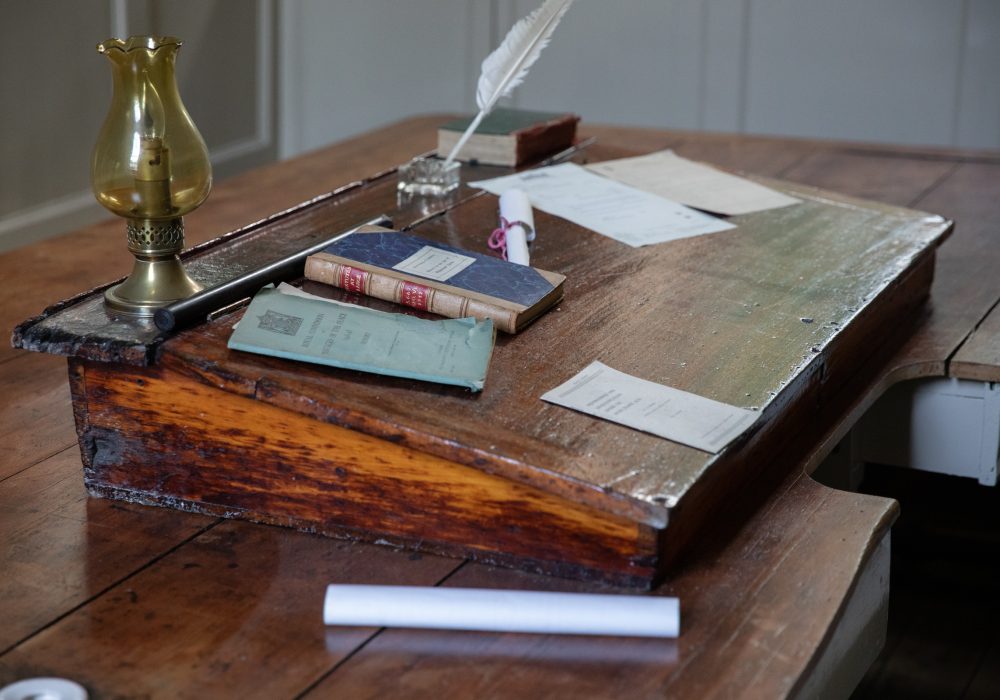
Transportation to Australia
When transportation began, convicts were sent to America, but this practice ended on the outbreak of the American War of Independence.
In 1785, a mandate was made for the establishment of a penal colony in Botany Bay, New South Wales, Australia, and in 1787 the First Fleet sailed for Botany Bay. Many convicts died en route, and eventually, some ships were manned with a Naval Surgeon, to assist with the welfare of the prisoners, who frequently suffered from scurvy, dysentery, cholera and smallpox. The Contractors who supplied the ships were only paid for prisoners landed in New South Wales in good health.
A prisoner’s sentence began on arrival in Australia, not when sentenced in England, Wales or Ireland.
Captain Phillip, commissioned as Governor of New South Wales, expected to find grassland, fertile soil and trees, where crops could be planted to feed the officers and crew and of course, the convicts. There would be a supply of good stone for building, and sheltered anchorage. What they actually found was a flat heath with eucalyptus trees, the bay was open and the rollers gave it a permanent violent swell with no effective shelter for the ships. One of the crew wrote that if they were obliged to stay in Botany Bay, “there would not be a soul alive within a year.” Some of the other ships in the fleet went further north to Port Jackson, which had a more sheltered harbour, later named Sydney.
Convicts were put to work to construct buildings, but the buildings eventually put up on the land were very simple – they had virtually no skilled labour, and the few tools they had were very poor. They were small huts, made of wattle and daub, with roofs of reed thatch. The winter rains washed out the mud from the walls.

Women convicts
Women were also transported and 25,000 women convicts arrived in Australia between 1787 and 1852. They were oppressed and considered to be the inferior sex, known as “The Currency.” It was thought that they would marry the male convicts, but mostly they were treated as prostitutes.
The convict labour system
As each new convict ship arrived in Australia, they brought the hope and expectation of fresh labour for the settlers. Each convict had to work for the Government or on the Government’s behalf for a private person for a stated number of years, which could be lengthened if he or she broke the rules.
After this period, the prisoner received either a pardon or a “Ticket of leave” which enabled the now free convict to sell their labour on the free market and choose his employer. Unlike slaves in America, the convict never belonged to a master, and the children of convicts were born free. The master could not inflict punishment on the convict without the authority of a Magistrate and convicts also had the right to bring his master to court if he thought he had been ill-treated.
After they had served their term, they could qualify for an allocation of land, and could be assigned other convicts to work for them.
The effect of transportation
Transportation was supposed to “sublimate, deter, reform and colonise,” and ultimately to rid the country of a “criminal class.” During the period when Transportation was used, the crime rate in England did not decrease and in 1867 the Penal Servitude Act substituted imprisonments for all Transportation sentences. Large prisons were built to accommodate prisoners for longer sentences, which was cheaper than transporting felons to the other side of the world.
Sentenced to transportation by Ripon Liberty Justices
Most sentences were for 7 years, those marked * were for 14 years
1737
Elizabeth Pickersgill: Stealing a silver spoon (had been previously whipped for stealing turkeys)
William Peak: Stealing wigs to the value of 4/6d
1741
Richard Lunn: Stealing from a shop goods value 2/6d
1748
Elizabeth Baxter: Stealing pillowcases and gloves
1829
Two felons guilty of 10 offences in Ripon after convictions for serious felonies in Doncaster
1821
George Wilson: Larceny
1830
Robert Caldwell and Samuel Grier: Stealing 2 yards woollen cloth worth 3/- and 8 waistcoats worth 8/- stolen from Thomas Sweeting, Ripon Bellman and constable Sir Robert Peel concurred since both had previous convictions at Wakefield and Doncaster
George Smelt: A “felony” – no indictment recorded
Robert Gregg: Theft of 4 pairs of shoes total 2/- The conviction cites previous convictions for theft
1831
James Garland: Theft of a silver watch value 10/-. Pleaded guilty
1833
John Barker: Theft of 3 hams value 10/-. Pleaded guilty
Anne East: Theft of one pair of half-boots
1835
James Lockwood and John Fell: Theft of 4 cotton gowns and a waistcoat
Richard Fawcett: Theft of a horse value 10/-
1836
John Naylor: Theft of one stone weight of coal
Thomas Sword: Theft of a greatcoat, and a pair of women’s half-boots
1837
Thomas Hunter* and John Borrowdale*: Theft of horses’ bridles, carriage harnesses, horses’ hoods and leg bandages
Christopher Whitfield: Stole coin to the value of 25/-
1838
James Blackburn: Stole guns, gunlocks and shot belt
Christopher Leeming and George Robinson: Stole coin value 15/-

